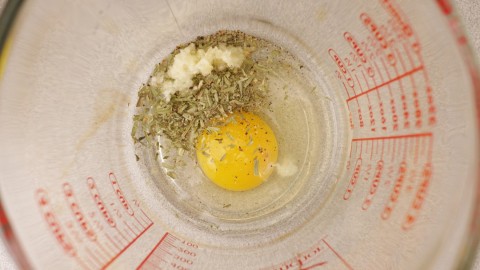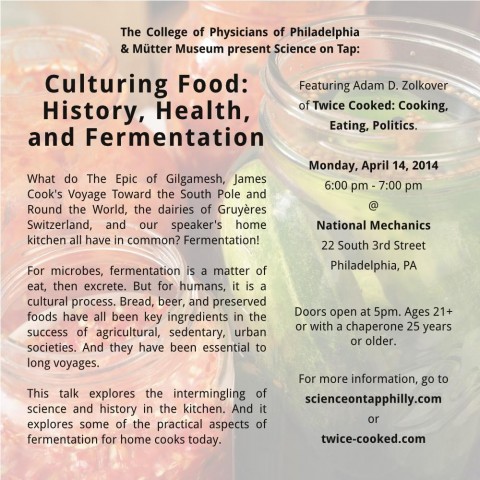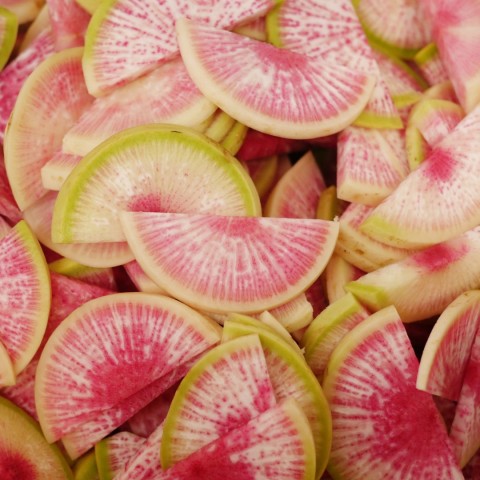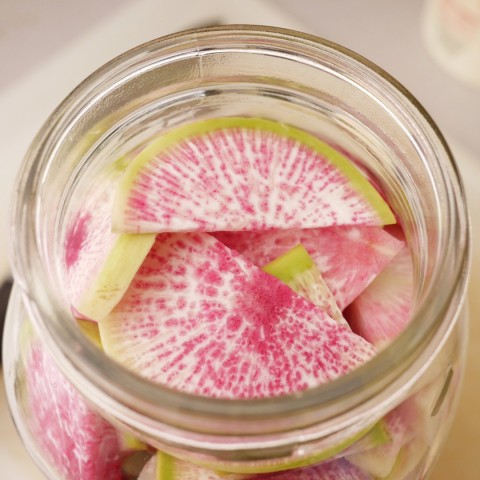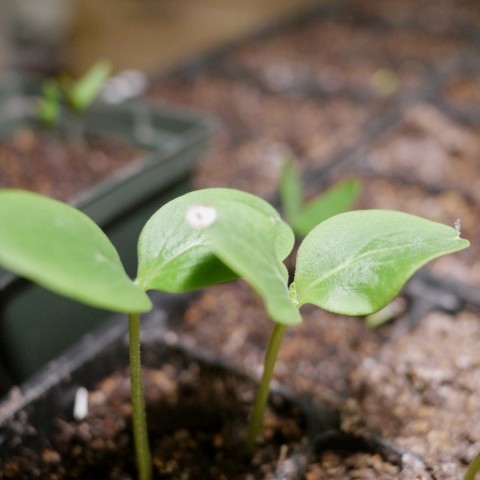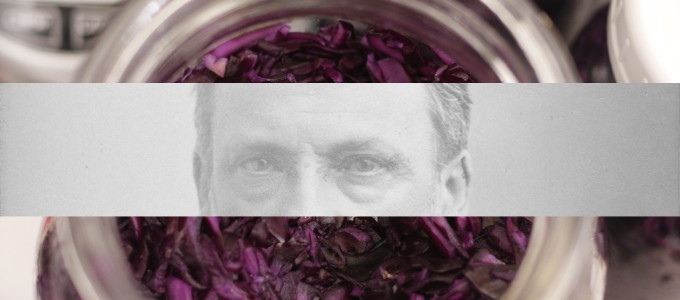According to Time (and The Washington Post, and everybody else), the Federal Communications Commission (FCC) is proposing new rules today that would end even the most perfunctory nod to net neutrality — the idea that the infrastructure of the Internet should treat all data equally. Under the new system, says Time, Internet Service Providers (ISPs) would be able to charge content companies for preferential treatment over the “last mile” to users. They would be required to offer a baseline level of service to their subscribers, and they would be prohibited from blocking or discriminating against online content. But large Internet companies like Comcast and Verizon would be allowed to strike special deals with Internet companies like Netflix or Skype for preferential treatment.
In a way, this is a codification of a US Court of Appeals decision earlier this year that ruled that because ISPs are not classified as common carriers — as communications utilities like telephone companies — they are not subject to requirements that they not discriminate against entities on their networks. So if you’re Ma Bell — back when landlines were a thing — you had to connect every call to every recipient with all due speed and quality, regardless of its point of origin. But if you’re Verizon or Comcast — in the broadband business today — there’s no such constraint.

